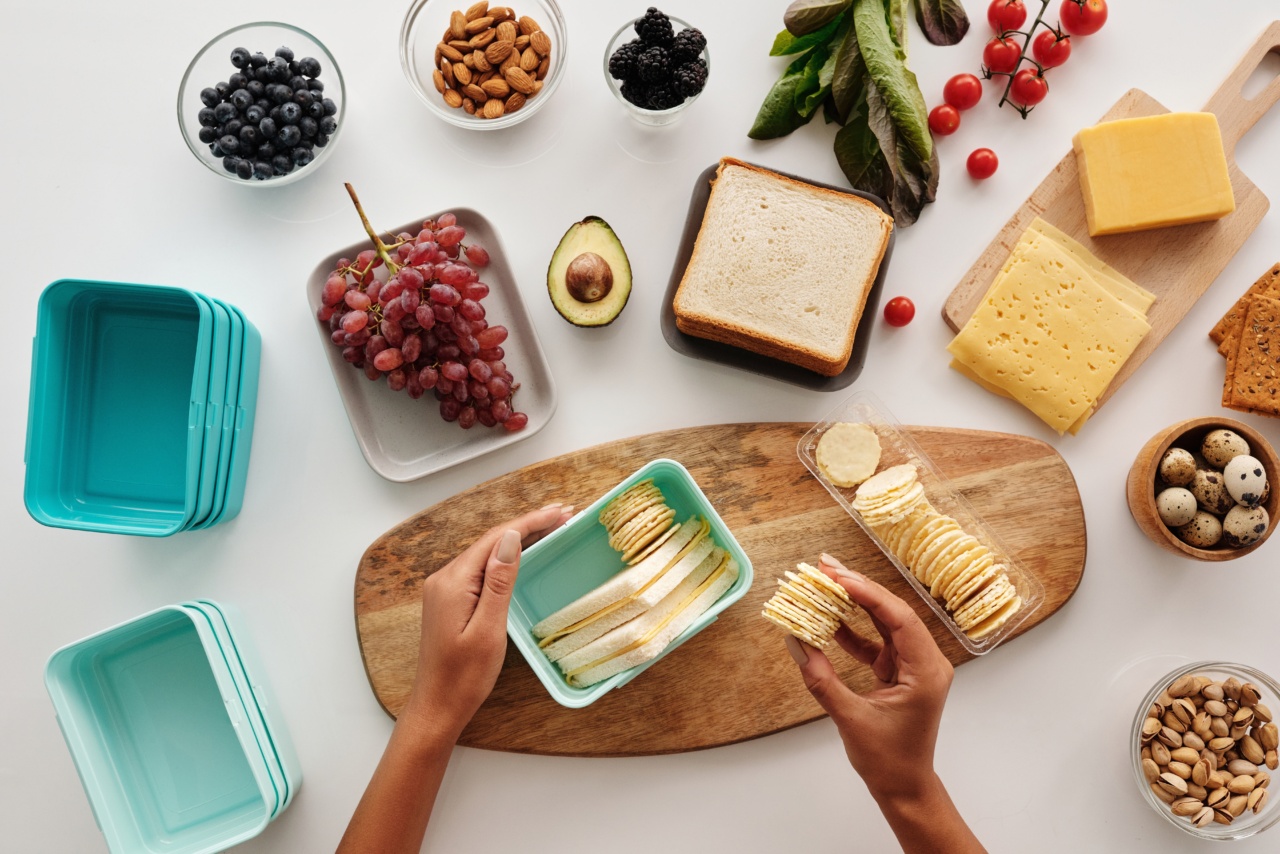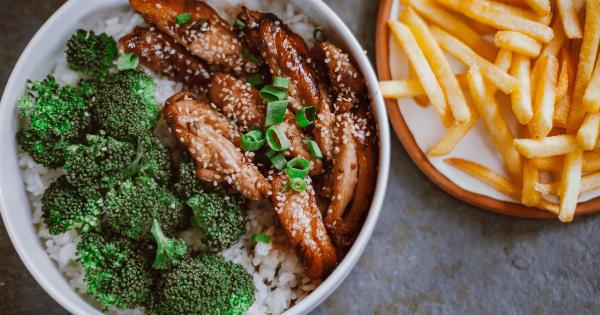Overactive bladder is a common condition that affects millions of people worldwide. It is characterized by a sudden urge to urinate, which can be difficult to control and may result in leakage.
Diet plays an important role in managing overactive bladder symptoms, and including certain foods in your diet can help reduce the urge to urinate and improve bladder control. In this article, we will discuss the top foods to include in your diet for overactive bladder.
1. Water
Drinking enough water is important for overall bladder health. Although it may seem counterintuitive to drink more water when you have an overactive bladder, dehydration can actually worsen symptoms.
When you do not drink enough water, your urine becomes concentrated, which can irritate the bladder and increase the urge to urinate. In addition, not drinking enough water can lead to constipation, which can also worsen overactive bladder symptoms. Aim to drink at least eight glasses of water per day to stay adequately hydrated.
2. Cranberries
Cranberries are often touted as a natural remedy for urinary tract infections, but they may also be helpful for overactive bladder.
Cranberries contain compounds called proanthocyanidins, which can help prevent bacteria from adhering to the bladder wall, reducing the risk of infection and inflammation. In addition, some studies suggest that cranberry juice may help reduce urinary frequency and improve bladder control in people with overactive bladder.
However, it is important to note that drinking too much cranberry juice can also irritate the bladder, so it should be consumed in moderation.
3. Soy
Soybeans and soy products like tofu and soy milk contain compounds called isoflavones, which have been shown to improve bladder control in some studies.
Isoflavones act as estrogen-like compounds in the body and may help strengthen the muscles around the bladder, reducing leakage and urinary frequency. However, more research is needed to determine the optimal intake of soy products for overactive bladder management.
4. Bananas
Bananas are a good source of potassium, which is an important nutrient for bladder health. Potassium helps regulate bladder function and can reduce the amount of urine produced, which can help improve bladder control.
In addition, bananas are a good source of fiber, which can help prevent constipation, a common contributing factor to overactive bladder symptoms. Other fruits and vegetables that are rich in potassium include avocados, oranges, and sweet potatoes.
5. Whole Grains
Whole grains like brown rice, quinoa, and whole wheat bread are a good source of fiber, which can help maintain bowel regularity and reduce constipation.
Constipation can put pressure on the bladder, increasing the urge to urinate and contributing to leakage. In addition, whole grains contain complex carbohydrates, which can provide sustained energy and help regulate blood sugar levels, reducing the risk of inflammation and irritation in the bladder.
6. Yogurt
Yogurt contains probiotics, which are beneficial bacteria that can help maintain healthy gut flora. A healthy gut is essential for overall bladder health, as the gut and bladder are closely connected.
Probiotics can help prevent the growth of harmful bacteria in the gut and bladder, reducing the risk of infection and inflammation. In addition, some studies suggest that probiotics may help improve bladder control in people with overactive bladder.
7. Leafy Greens
Leafy greens like spinach, kale, and collard greens are a good source of vitamin A, which is important for maintaining healthy bladder tissue.
Vitamin A helps support the integrity of the bladder lining, reducing the risk of inflammation and irritation that can lead to overactive bladder symptoms. In addition, leafy greens are a good source of antioxidants, which can help reduce oxidative stress and inflammation throughout the body.
8. Ginger
Ginger has been used for centuries as a natural remedy for digestive issues, and may also be helpful for overactive bladder.
Ginger contains compounds called gingerols, which have anti-inflammatory properties and can help reduce inflammation in the bladder and urinary tract. In addition, ginger may help improve bladder control by strengthening the muscles around the bladder and reducing bladder spasms. Try adding fresh ginger to smoothies, stir-fries, or tea.
9. Nuts and Seeds
Nuts and seeds like almonds, walnuts, flaxseeds, and chia seeds are a good source of healthy fats, which are important for overall bladder health. Healthy fats can help reduce inflammation throughout the body, including in the bladder and urinary tract.
In addition, nuts and seeds are a good source of fiber and protein, which can help regulate bowel movements and support healthy gut flora.
10. Herbs
Several herbs may be helpful for managing overactive bladder symptoms. Horsetail, a plant commonly used in traditional medicine, contains compounds that can help reduce inflammation and support bladder health.
Saw palmetto, an herb often used to support prostate health, may also be helpful for overactive bladder symptoms. In addition, corn silk, which is the fibers that surround corn kernels, can help reduce inflammation in the bladder and urinary tract. These herbs can be consumed in supplement form or used in teas or tinctures.
Conclusion
Diet plays an important role in managing overactive bladder symptoms. Combining a varied diet with regular exercise, stress management, and adequate hydration can help improve bladder control and reduce urinary frequency and leakage.
Incorporating the foods mentioned in this article can help support bladder health and may help manage overactive bladder symptoms. However, it is important to speak with your healthcare provider before making any significant changes to your diet or lifestyle.






























